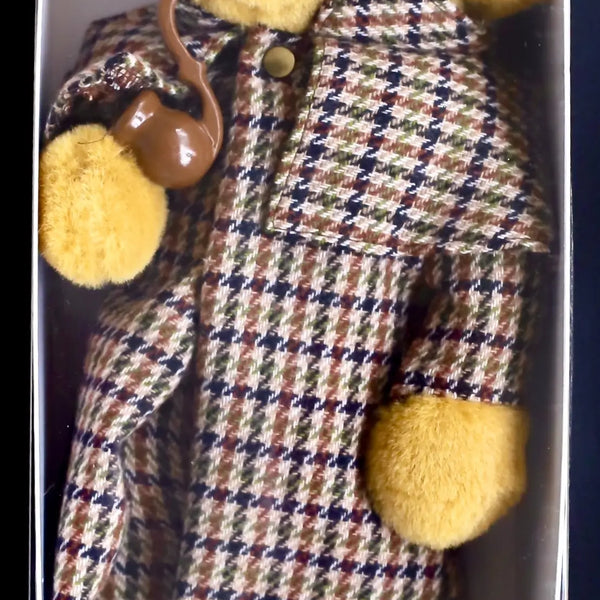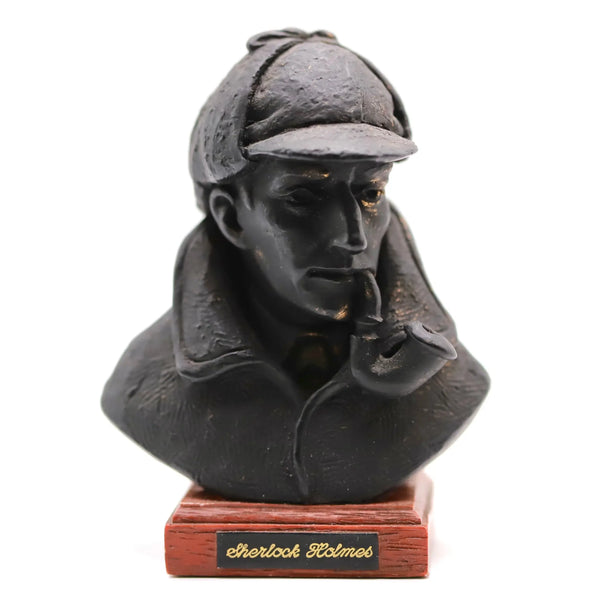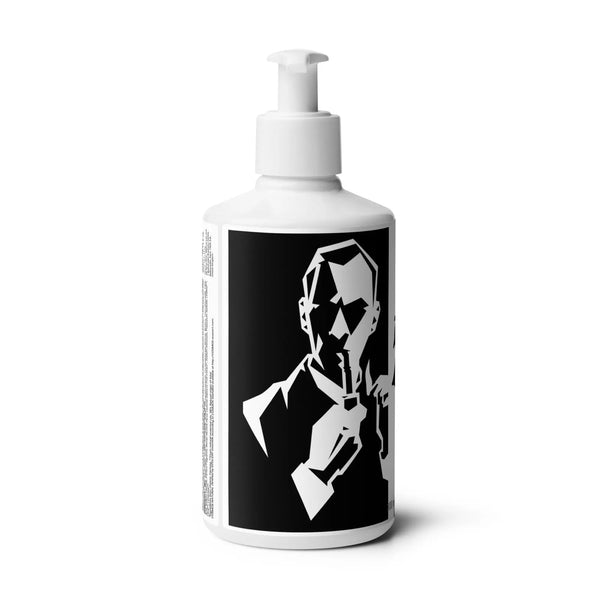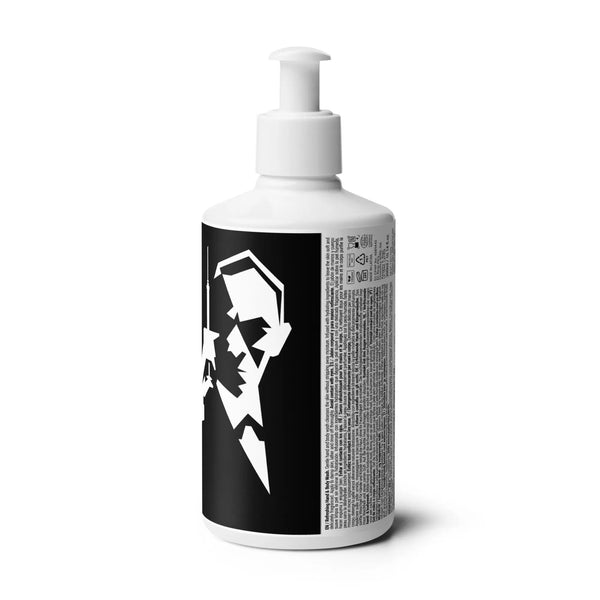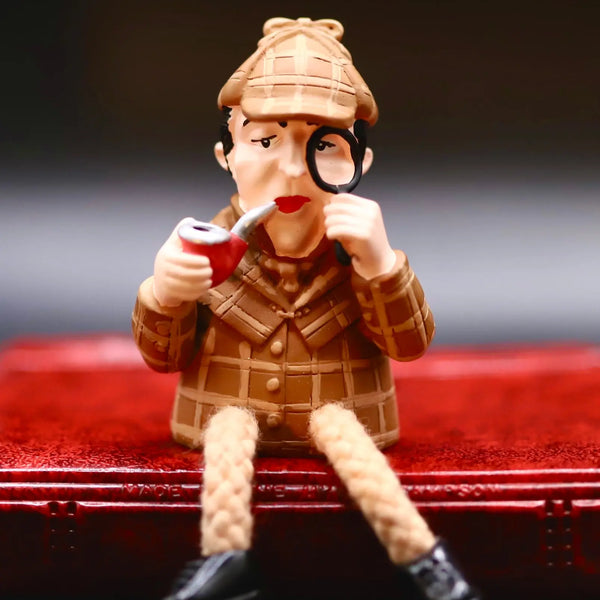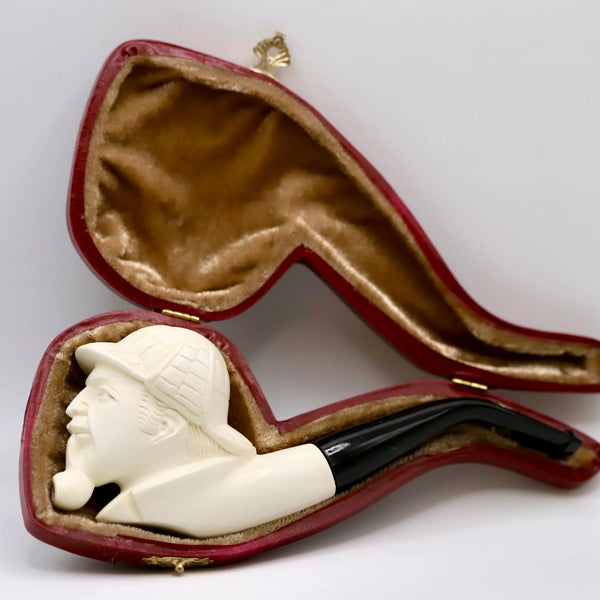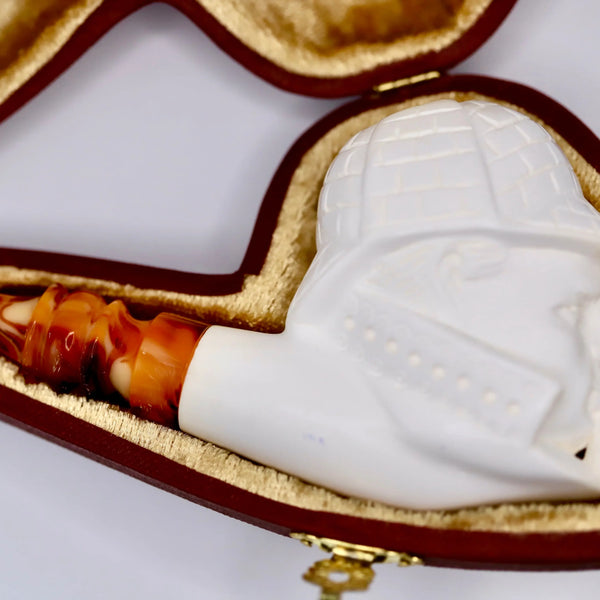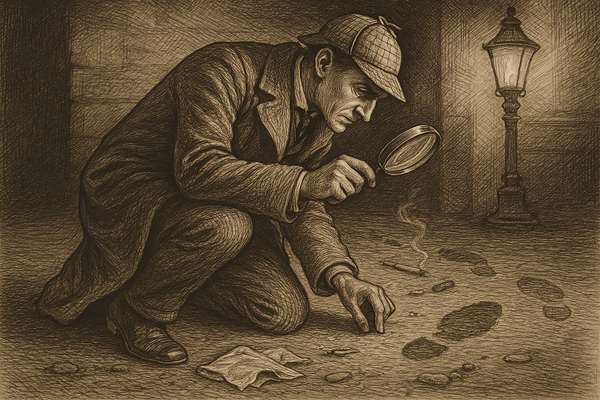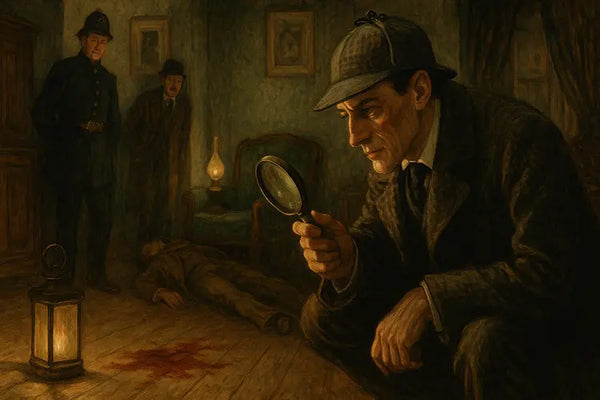Dr. John H. Watson is Sherlock Holmes's physician companion, military veteran, and primary narrator of Arthur Conan Doyle's detective stories. Watson serves as Holmes's roommate at 221B Baker Street, medical expert, and emotional anchor who makes the detective's brilliant deductions accessible to readers. Created in 1887, Watson evolved from a simple literary device to literature's most famous sidekick, portrayed by actors from Nigel Bruce to Martin Freeman across film, television, and modern adaptations.
Key Takeaways
-
Essential Partnership: Dr. Watson is not just Holmes's sidekick but an indispensable partner whose medical expertise, military background, and narrative perspective make the detective stories compelling and accessible to readers.
-
Literary Evolution: Watson transformed from Arthur Conan Doyle's simple narrative device in 1887 to a complex character with his own agency, appearing in countless adaptations that reimagine him for modern audiences while maintaining his core traits.
-
Dual Professional Background: Watson's unique combination of medical training and military service in Afghanistan provides both scientific knowledge and practical experience that directly contributes to solving cases alongside Holmes.
-
Cultural Impact: Watson's role as narrator and moral compass has influenced detective fiction for over a century, establishing the archetype of the loyal companion that grounds extraordinary protagonists in relatable humanity.
In the shadow of fiction's most celebrated detective stands a figure whose importance cannot be overstated: Dr John H. Watson, one of the classic characters of detective fiction alongside Sherlock Holmes.
While Sherlock Holmes captivates readers with his brilliant deductions, it is through Watson's eyes that we experience these adventures. Far from being merely a foil to the great detective, Dr Watson serves as narrator, moral compass, and the essential human element that grounds Holmes's extraordinary intellect.
This steadfast companion has evolved from a literary device in Sir Arthur Conan Doyle's original stories and the conan doyle stories to a complex character worthy of study in his own right, portrayed in many adaptations across various media. Without Watson, there would be no Sherlock Holmes as we know him—for it is the good doctor who chronicles the cases, humanises the fictional detective, and provides the perfect counterbalance to Holmes's eccentric genius.
The Creation of Dr. Watson
When Arthur Conan Doyle first conceived his detective stories, he understood that a character as exceptional as Sherlock Holmes needed someone more relatable to bridge the gap between genius and reader. Initially, Doyle considered naming this character "Ormond Sacker" before settling on John H. Watson. This decision would prove pivotal to the success of the stories.
As a fictional character created by Doyle, Watson serves multiple narrative functions. He is simultaneously the chronicler of Holmes's cases, the audience's surrogate, and a character with his own distinctive traits and experiences. Doyle, drawing on his own medical background, made Watson a doctor to lend authenticity to the medical aspects of the cases.
Watson's background in medicine, including his medical degree and training as an army doctor, complements Holmes's skills by providing a scientific perspective and practical medical knowledge. After his military service, Watson's association with a medical clinic further highlights his professional expertise. Watson's experience as both a military physician and a practicing doctor can be seen as a precursor to the medical procedural genre, blending medical insight with investigative work.
In a letter to his publisher, Doyle once explained his reasoning: "Watson has all the advantage of the trained medical mind without the tendency to over-specialisation which might make Holmes's character less convincing." Through this thoughtful characterisation, Doyle created not just a sidekick but a fully realised partner whose professional expertise complemented Holmes's methods.
The inspiration for Watson may have come from various sources in Doyle's life, including his own experiences as a physician and the friends he made during his medical studies. Whatever the precise origins, Watson quickly evolved beyond a simple literary device to become an indispensable part of the Sherlock Holmes formula.
Watson in the Original Stories
The canonical biography of Dr John Watson begins with his service as an army surgeon with the Fifth Northumberland Fusiliers in Afghanistan. After being wounded at the Battle of Maiwand, Watson returns to London, where a chance meeting with an old acquaintance leads him to Baker Street and his future as Holmes's companion.
In "A Study in Scarlet," Watson states, "I had neither kith nor kin in England, and was therefore as free as air." This circumstance makes him the perfect roommate for Holmes, as he has both the time and inclination to join the detective on his cases. Watson often refers to further stories of Holmes's cases that remain unpublished, showcasing his dedication to documenting their adventures despite Holmes's reluctance to share them with the public.
Watson's physical appearance is described in various stories as that of a middle-sized, strongly built man with a thick neck and a square jaw. He also played rugby, which further emphasizes his athleticism and robust build. Unlike the bumbling sidekick of some adaptations, the original Watson was a competent physician with military experience, though he did possess "a certain methodical slowness" in contrast to Holmes's "flame-like intuitions."
His marriage to Mary Morstan, introduced in "The Sign of Four," temporarily takes Watson away from Baker Street, though he continues to document Holmes's cases and join him on investigations during "occasional short intervals" when his medical practice permits. After Mary's death (alluded to but never explicitly depicted), Watson returns to share lodgings with his old friend. In several stories, Watson and Holmes travel to a particular country residence as part of their investigations, highlighting the importance of setting in their cases.
Throughout the stories, Watson plays crucial roles in cases like "The Speckled Band," where his medical knowledge proves valuable, "The Blue Carbuncle," where his compassionate nature influences Holmes's decision to let a culprit go free, and "The Yellow Face," where Watson's emotional intelligence complements Holmes's more analytical approach. Notably, in "The Norwood Builder," Holmes's detailed character analysis of John Hector McFarlane—a bachelor, solicitor, Freemason, and asthmatic—demonstrates the depth of observation and deduction present in the stories.
The Watson-Holmes Relationship
The relationship between Watson and the friend Sherlock Holmes stands as one of literature's most enduring friendships. From their first meeting in the laboratory of St. Bartholomew's Hospital, through countless adventures at crime scenes across England and many nations of Europe, to Holmes's apparent death at the Reichenbach Falls and subsequent return, their bond grows and deepens.
Holmes often remarks on Watson's importance to his work, with many holmes remarks demonstrating his deductive reasoning and analytical skills during investigations. In "The Adventure of the Blanched Soldier," Holmes attempts to write up a case himself and laments, "I miss my Watson," acknowledging that the doctor's narrative skills far exceed his own. Despite occasionally teasing Watson about his "own flame-like intuitions," Holmes clearly values his companion's medical expertise and steady temperament. There are also notable instances where holmes praises Watson's abilities, publicly commending his efforts and character, which further highlights the strong bond and mutual respect between them.
Watson, for his part, maintains an unwavering admiration for holmes's skills, including his detective abilities, problem-solving, and forensic expertise. He meticulously documents the detective's methods while providing a more accessible perspective for readers. When Holmes decides to take a case, Watson is nearly always willing to accompany him, often at great personal risk.
Their dynamic evolves throughout the canon. In early stories, Watson appears somewhat in awe of Holmes, but by later adventures, he feels comfortable challenging the detective and offering his own insights. This growth reflects the development of a partnership built on mutual respect rather than a simple hero-worship dynamic.
The friendship between Holmes and Watson encompasses professional collaboration, intellectual stimulation, and genuine affection. Even when Watson marries and moves out of their shared lodgings at 221B Baker Street, the men remain close friends, with Holmes regularly calling upon Watson to join him in solving crimes.
Watson's Role in the Narratives
As the primary narrator of the Sherlock Holmes canon, Dr Watson plays a vital literary function by detailing the story of their adventures. His perspective makes Holmes's extraordinary deductive abilities comprehensible to readers while maintaining the mystery necessary for engaging storytelling.
Watson serves as the reader's surrogate, asking the questions we would ask and expressing the astonishment we would feel. His narrative technique involves carefully revealing information, building suspense, and ultimately showcasing Holmes's brilliant conclusions. Throughout the investigations, Watson comments on the unfolding events, providing insight into the cases and his own analytical perspective. This approach allows readers to attempt their own deductions alongside Watson before Holmes reveals the solution.
Despite being portrayed as less intellectually nimble than Holmes, Watson is far from unintelligent. He holds a medical degree, served as an army surgeon, and maintains a successful practice. His contributions to solving cases are significant, though often overshadowed by Holmes's more dramatic insights. In several stories, Watson deduces key details from the evidence, demonstrating his growing analytical skills under Holmes's tutelage.
The reliability of Watson as a narrator has been much debated by scholars. While he claims to record events faithfully, he occasionally admits to changing names and details to protect clients' privacy. His tendency toward dramatic presentation sometimes leads Holmes to accuse him of sensationalising their adventures at the expense of highlighting the scientific method. When they visit a crime scene together, Holmes observes subtle clues that Watson might miss, underscoring the contrast between their approaches.
Watson's documentation of Holmes's cases provides structure to stories that might otherwise be mere intellectual exercises. By emphasising the human elements of each mystery, Watson transforms Holmes's cold logic into compelling narratives that have captivated readers for generations. The stories often reference Holmes's methods, showcasing his unique deductive techniques, and sometimes include Holmes notes as part of the meticulous documentation process.
Famous Dr. Watson Quotes
Throughout the original stories, Watson's distinctive voice brings the adventures to life through memorable quotations that reveal much about both his character and his relationship with Sherlock Holmes. His observations about his dear friend often provide the most insightful glimpses into the detective's personality, especially when he witnesses Holmes's impressions flash during investigations—those moments when Holmes's deductions come in rapid, intuitive bursts.
In "A Scandal in Bohemia," Watson famously describes Holmes: "He was, I take it, the most perfect reasoning and observing machine that the world has seen… All emotions… were abhorrent to his cold, precise but admirably balanced mind." This assessment demonstrates Watson's ability to recognise both Holmes's extraordinary gifts and his limitations, painting Holmes as an emotionally detached analytical machine.
Watson's descriptive powers are showcased in passages about London and the various settings of their adventures. In "The Red-Headed League," he writes of Baker Street: "It was a September evening, and not yet seven o'clock, but the day had been a dreary one, and a dense drizzly fog lay low upon the great city." Such atmospheric descriptions establish the mood for many of their cases.
Watson's ability to read people's emotions through their facial expressions often complements Holmes's more analytical approach, adding depth to their investigations.
His loyalty to Holmes shines through in numerous quotes. In "The Adventure of the Three Garridebs," when Watson is wounded and Holmes shows rare emotional concern, Watson notes: "It was worth a wound; it was worth many wounds; to know the depth of loyalty and love which lay behind that cold mask." This moment reveals the deep bond between the companions.
Watson's military background occasionally emerges in his language. In "The Adventure of the Speckled Band," he states, "When a doctor does go wrong he is the first of criminals. He has nerve and he has knowledge." This quote demonstrates his understanding of how professional expertise can be misused.
Perhaps most revealing are Watson's occasional expressions of exasperation with Holmes. In "The Adventure of the Norwood Builder," he remarks, "I had not the heart to interrupt him, though I was very tired of the sound of his voice," showing that their friendship was realistic rather than idealised.
Notable Portrayals of Watson in Film and Television
The character of Dr Watson has been interpreted by numerous actors across many adaptations, each bringing different emphases to the role of Holmes's steadfast companion.
Nigel Bruce, who played Watson opposite Basil Rathbone's Holmes in fourteen films from 1939 to 1946, created perhaps the most influential early portrayal. Bruce's Watson was older, bumbling, and often played for comic relief—a characterisation that, while entertaining, deviated significantly from Doyle's more capable doctor. This interpretation shaped public perception of Watson for decades, contributing to the misconception that he was merely Holmes's dim-witted sidekick. In some adaptations, an acerbic Watson portrayed with biting humor and a more confrontational personality further distanced the character from the original stories.
Later adaptations sought to restore Watson's dignity and competence. David Burke and later Edward Hardwicke portrayed a competent Watson in the Granada Television series starring Jeremy Brett as a faithful representation of the literary character—intelligent, practical, and an essential partner to Holmes rather than comic relief.
Modern interpretations have further evolved the character. Martin Freeman's portrayal in the BBC's "Sherlock" presents Watson as a war veteran with PTSD whose blog chronicles Holmes's cases for the digital age. Freeman's Watson is capable, complex, and occasionally confrontational with Benedict Cumberbatch's Holmes.
Jude Law brought athletic energy and military bearing to his portrayal opposite Robert Downey Jr. in Guy Ritchie's films. This fit Watson actively participates in the physical aspects of their adventures while maintaining his medical expertise.
A groundbreaking reinterpretation came with Lucy Liu as Joan Watson in "Elementary," gender-swapping the character while maintaining essential traits like medical training and methodical thinking. This portrays Watson initially as Holmes's sober companion before becoming his apprentice in detection.
Other notable actors who have played Watson include Ian Hart, Ben Kingsley, Donald Pickering, and André Morell, each emphasising different aspects of the character from his military background to his medical skills to his relationship with Holmes.
These various portrayals demonstrate Watson's adaptability as a character while maintaining his essential function as Holmes's human connection to the world. While Watson is not a proper detective like Holmes, he remains a capable and insightful assistant, supporting Holmes's deductive genius.
Watson Beyond the Canon
Beyond Sir Arthur Conan Doyle's original stories, Dr Watson has appeared in countless pastiches, parodies, and adaptations as a supporting character. The character has proven remarkably versatile, maintaining his essential traits while being reimagined for different eras and cultures. In some stories, such as the short story called "The Doctor's Case" by Stephen King, Watson is depicted as the detective himself, offering a fresh perspective within the Sherlock Holmes universe. In these and other pastiches, Watson efficiently clears up mysteries using Holmes's methods, demonstrating his own logical reasoning and investigative skills.
The Baker Street Irregulars, the famous Sherlock Holmes literary society, has published numerous scholarly works examining Watson's character, medical practice, and military career. Some members of the Baker Street Irregulars playfully treat Watson as a historical figure rather than a fictional character created by Doyle, developing elaborate theories about aspects of his life only hinted at in the original stories.
Watson appears prominently in works focused on other characters from the Holmes universe. Novels centred on Irene Adler, Professor Moriarty, or even Mrs Hudson often include Watson, recognising his essential role in the Holmes mythology. In some adaptations, the narrative explores a "left Watson" scenario, where Watson leaves his previous life or marriage behind to pursue new directions, such as opening a medical clinic or returning to work with Holmes.
In Japanese adaptations, Watson's counterpart (sometimes called Wato-san) maintains the character's function while adapting to cultural differences. The recent HBO Asia/Hulu Japan series "Miss Sherlock" features a female Wato Tachibana as the Watson character.
Modern adaptations also introduce new recurring characters, such as Shinwell Johnson—a reformed criminal with ambiguous loyalties, originally a thug from the stories—who appears in contemporary reimaginings and adds complexity to the Holmes universe.
Pastiches by authors like Nicholas Meyer ("The Seven-Per-Cent Solution") and Laurie R. King (the Mary Russell series) expand Watson's character, exploring aspects of his life only hinted at in Doyle's stories. These works often speculate about Watson's medical practice, his relationship with Mary Morstan, and his experiences during the occasional short intervals when he and Holmes were not working together.
The Enduring Appeal of Dr. Watson
Dr Watson's enduring appeal lies in his fundamental humanity. While Sherlock Holmes represents extraordinary intellectual capability, Watson embodies qualities readers can recognise in themselves—loyalty, courage, compassion, and a sense of wonder at the remarkable.
As the lens through which we view the great detective, Watson makes Holmes's brilliance accessible. Without Watson's perspective, Holmes's deductions might seem cold exercises in logic rather than thrilling adventures. Watson's amazement at Holmes's skills allows readers to share in the astonishment without feeling diminished by comparison.
Watson's practical medical background balances Holmes's more theoretical knowledge. When the consulting detective becomes too abstract, Watson grounds him with medical facts and an understanding of human nature that sometimes eludes Holmes. This dynamic creates a more complete investigative team than either man could be alone. Watson's attempts to solve crimes, though often less successful than Holmes's, showcase his analytical skills and highlight the dynamic yet sometimes frustrating nature of their partnership.
The mysteries confronting Watson and Holmes present ongoing challenges that test both their abilities and their relationship. Watson's efforts to understand and help resolve these complex cases emphasize his engagement and the confrontational nature of the adventures they share.
Perhaps most importantly, Watson serves as Holmes's connection to humanity. The doctor's emotional warmth counterbalances the detective's analytical detachment. Through their friendship, Holmes develops a greater appreciation for human concerns beyond pure intellectual puzzles.
Watson's Medical and Military Background
Doyle, himself a physician, gave Watson a solid medical background that informs many aspects of the character. After receiving his medical degree, Watson joined the British Army, specifically the Royal Army Medical Corps, before being attached to the Fifth Northumberland Fusiliers during the Second Afghan War. During his service in Afghanistan, Watson suffered a traumatic brain injury, which added to the personal challenges he faced upon returning to civilian life.
Watson's military career shapes his character in numerous ways. His experiences in Afghanistan give him familiarity with violence and danger that proves valuable during investigations. His military discipline complements Holmes's more bohemian lifestyle and untidy habits. Watson's service also explains his proficiency with firearms, which proves useful in several cases.
As a doctor, Watson brings medical expertise to their investigations. In "The Adventure of the Speckled Band," his knowledge of tropical diseases helps identify the murder weapon. His medical training gives him insight into both physical evidence at crime scenes and the psychological aspects of criminal behavior.
Watson occasionally mentions maintaining his own practice, though the demands of joining Holmes on cases often interfere with his professional duties. References to his practice appear throughout the canon, suggesting he continued to work as a physician even while chronicling Holmes's cases.
The combination of military experience and medical training makes Watson uniquely suited to assist Holmes. He can remain calm in dangerous situations, tend to injuries, identify causes of death, and understand human motivations in ways that complement Holmes's more detached analysis.
Frequently Asked Questions About Dr. Watson
Who is Dr. Watson in Sherlock Holmes?
Dr John H. Watson is Sherlock Holmes's friend, colleague, and the narrator of most of the original stories. He is a physician with military experience who shares lodgings with Holmes at 221B Baker Street and accompanies him on cases, documenting their adventures for publication.
Was Dr. Watson real or fictional?
Dr Watson is a fictional character created by Sir Arthur Conan Doyle. Though Doyle based aspects of the character on real doctors he knew during his medical career, Watson himself is an invention designed to narrate Holmes's adventures.
What is Dr. Watson's full name?
In the original stories, he is referred to as John H. Watson, M.D. The "H" is never explicitly defined in Doyle's canon, though various adaptations and pastiches have suggested "Hamish" (the Scottish form of "James") as a likely middle name.
How did Dr. Watson meet Sherlock Holmes?
Watson met Holmes through a mutual acquaintance, Stamford, who introduced them when both were looking for someone to share lodgings. Their first meeting occurs in a laboratory at St. Bartholomew's Hospital, where Holmes is conducting chemical experiments.
One notable case involved the British royal family, where Holmes and Watson were summoned to Buckingham Palace to address a sensitive matter related to compromising photographs of a young female member of the royal family.
What impact did Sherlock's death have on Dr. Watson?
Sherlock's death, as depicted in "The Final Problem," had a profound effect on Dr. Watson. Believing Holmes to be dead, Watson mourns his friend deeply, and this event shapes his character in subsequent stories. In various adaptations, sherlock's death is portrayed either as a genuine loss or as Holmes faking his demise, which adds emotional depth to Watson's role and highlights the strength of their friendship when Holmes eventually returns.
Why does Sherlock Holmes say "Elementary, my dear Watson"?
Interestingly, this famous phrase never appears in Doyle's original stories. Holmes says "Elementary" and addresses Watson as "my dear Watson" separately, but the combined phrase originated in later adaptations and has since become one of the most misattributed Sherlock Holmes quotes in literature.
Did Dr. Watson marry in the Sherlock Holmes stories?
Yes, Watson marries Mary Morstan, whom he meets in "The Sign of Four." After her death (mentioned but not depicted in the stories), Watson returns to Baker Street. Some scholars believe he married up to three times based on hints in various stories, though this remains debated.
Conclusion
Dr John Watson stands as one of literature's most significant supporting characters, transcending his role as sidekick to become an indispensable element of the Sherlock Holmes mythos. Through his eyes, we experience the adventures of the consulting detective while maintaining a human connection that makes Holmes's extraordinary abilities accessible rather than alienating.
As Holmes's biographer, Watson shapes how generations of readers perceive the detective's methods and personality. As his friend, Watson provides the emotional context that transforms clinical deductions into compelling human drama. The partnership between Holmes and Watson demonstrates that logic and empathy, when combined, create something more powerful than either quality alone.
From Doyle's original stories to countless adaptations across various media, Watson continues to evolve while maintaining his essential characteristics. Whether portrayed as the bumbling companion, the capable military doctor, or reimagined for modern audiences, Dr Watson remains the heart of the Sherlock Holmes stories—the ordinary man through whom we experience the extraordinary.
The enduring popularity of Dr Watson reminds us that even in stories celebrating exceptional intellect, it is human connection and friendship that truly resonate across time. In creating this steadfast companion for his great detective, Sir Arthur Conan Doyle gave us not just a narrator but a character whose loyalty, courage, and fundamental decency continue to inspire readers more than a century after his first appearance.








